2023 marks the 100th anniversary of the foundation of the first academic society concerned with mammals in Japan, and the 200th of Siebold’s visit, which opened the door to the introduction of Japanese mammals abroad. This exhibition will introduce the path of mammal research in the country, with the aid of the specimens of the National Museum of Science and Nature and related reference materials.
Exhibition
| Title | Special Exhibition "History of Japanese mammalogy tracing through the collection of KAHAKU" |
|---|---|
| Period | April 25, 2023 (Tue) – August 16 (Wed) |
| Venue | Japan Gallery 1F Exhibition Hall for temporally exhibition |
| Hours | 9:00-17:00 *9:00-18:00 April 29 - May 7, August 11 - 15 *Opening days, hours etc. are subject to alteration. Please check the website before your visit. |
| Closed | Monday, June 27 - 30 (Except May 1, June 12, July 17, 24, 31, August 7 and 14) |
| Organizers | National Museum of Nature and Science |
| Cooperation | The Mammal Society of Japan |
Access
| National Museum of Nature and Science | |
|---|---|
| Address | 7-20 Ueno Park, Taito-ku, Tokyo 110-8718 |
VR Gallery
What to see
Mammals in Japan were first studied by foreigners about 200 years ago. Later, in the Meiji period (1868–1912), experts on mammals appeared at universities and museums, and in the 1920s, Japanese researchers started classifying mammals by themselves. The first academic society on mammalogy in Japan was organized in 1923, although it was only after the war that the study of mammals began in earnest. First, let’s trace back the history of mammalogy in Japan, focusing on our predecessors.
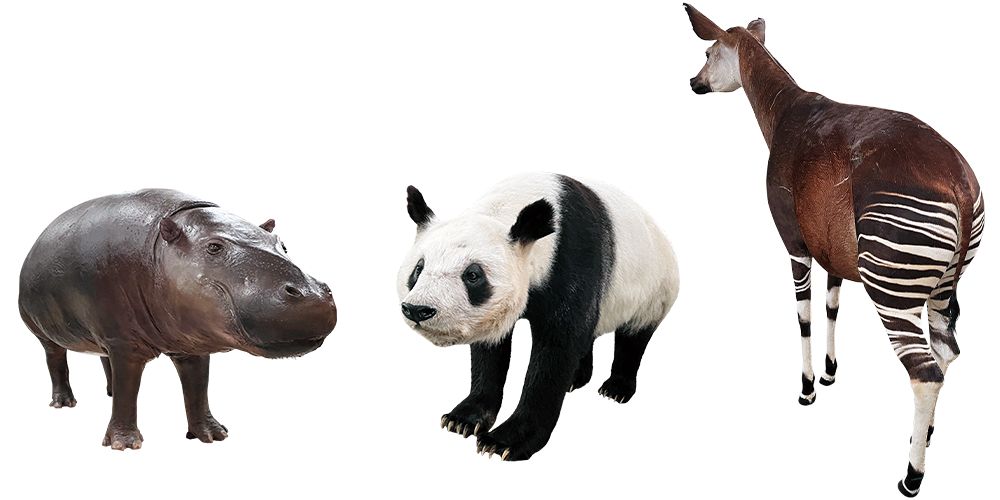
Most curious three beasts in the world
From left : Choeropsis liberiensis, Ailuropoda melanoleuca, Okapia jonstoni
In the history of mammalogy in Japan, the National Museum of Nature and Science, or Kahaku, has played an important role in collecting specimens and in promoting science education. This chapter will survey the changes in the museum's mammal collection over time, while introducing specimen preparation techniques which have developed along with the progress of mammalogy.
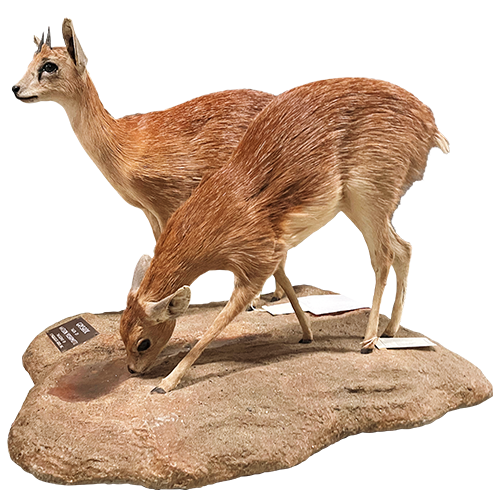
Raphicerus sharpei
(mounted skin)
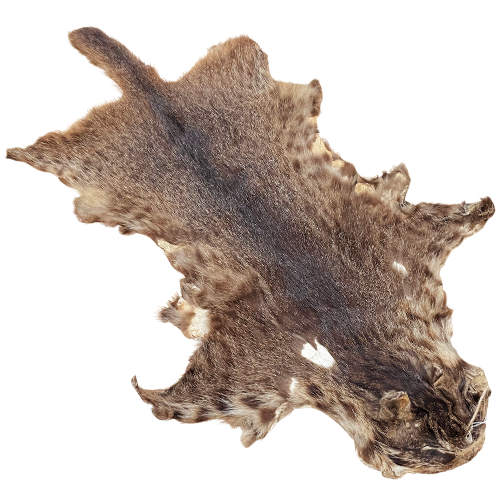
Prionailurus bengalensis iriomotensis (tanned skin)
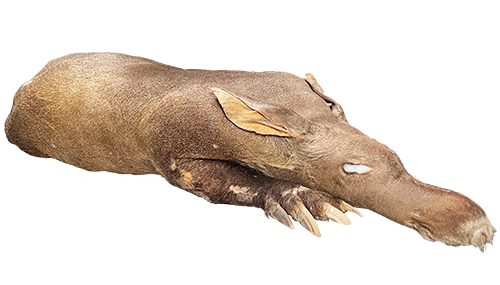
Orycteropus afer
(study skin)
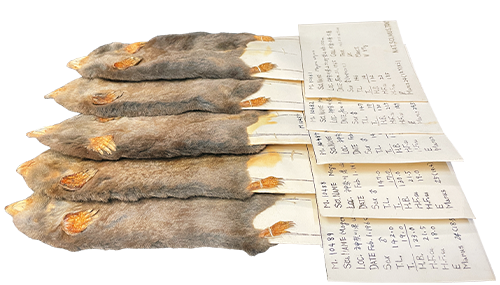
Mogera wogura
(flat skin, card skin)
Since WWII, technological advancement and increased interest in the natural environment have led to the diversification of mammalogy. So, in which direction is the mammalogy passed down from our predecessors headed? Looking ahead to the future of mammalogy, we will introduce the work that we are doing as a museum.
There are many secret specimens for research that are not shown in exhibitions. Amongst these, I have chosen my favorites. Every sample is collected somewhere by someone with a purpose. And each of them has a unique story behind it. Take a moment to imagine the history of specimens, not just the history of mammalogy.

National Museum of Nature and Science
Department of Zoology
Division of Vertebrates
Shin-ichiro Kawada
